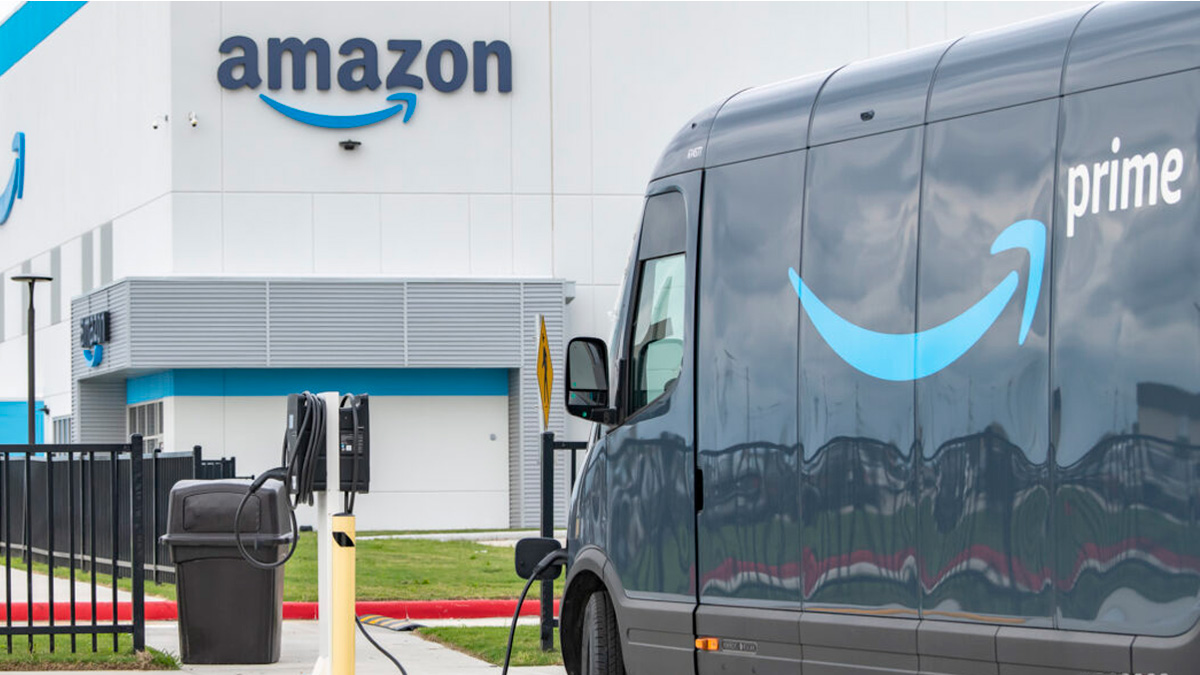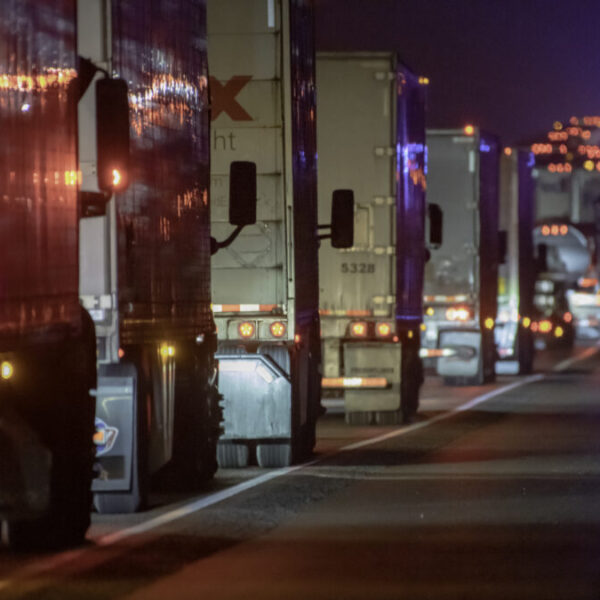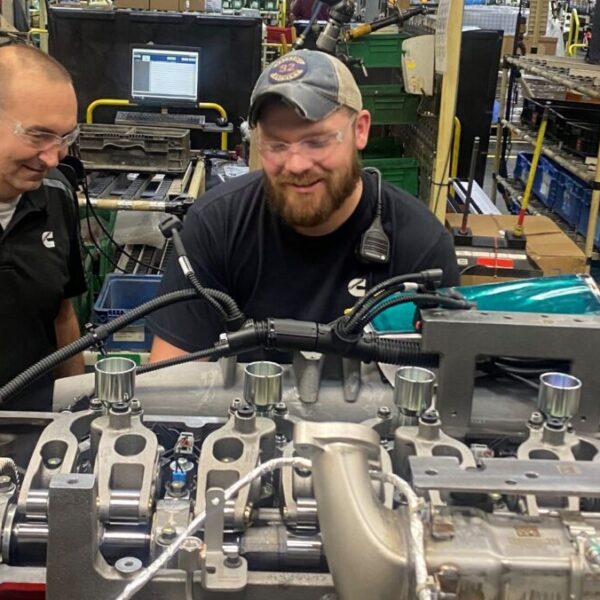Amazon reported robust third quarter financials on Thursday, handily surpassing Wall Street estimates. The company’s transition to a regional fulfillment and delivery model drove improved efficiency and cost savings.
Earnings and Revenue Beat Expectations
The e-commerce giant posted Q3 diluted earnings per share of 94 cents, well above consensus forecasts of 55 cents. Revenue grew 13% to $143.1 billion for the quarter. Operating income quadrupled to $11.2 billion, while net income more than tripled to $9.9 billion. This included a $1.2 billion pretax gain from Amazon’s investment in electric vehicle startup Rivian Automotive.
The strong quarterly performance builds on the momentum from Amazon’s record-breaking Prime Day sales event in July. It signals that the company continues to benefit from the shift to online shopping amid the pandemic.
A Regional Model Boosts Network Performance
A key driver of Amazon’s standout third quarter was its transition to a regional fulfillment and delivery model. The company has organized its logistics network into eight geographic regions, moving away from a single national hub-and-spoke system.
This regionalization has allowed Amazon to set up direct connections between fulfillment centers and local delivery stations. It has reduced the need for long-haul routes across the country. Instead, Amazon can move inventory short distances within a region to be closer to the end customer.
The localized approach has increased density in Amazon’s delivery network, lowered costs, and enabled one-day or same-day shipping speeds. According to CEO Andy Jassy, the regional model has exceeded the company’s optimistic expectations since rolling out nationally last year. It represents a significant evolution in Amazon’s physical footprint and transportation strategy.
The regional setup positions Amazon to handle higher volumes during peak periods like Prime Day and the upcoming holiday season. The company has been streamlining its warehouse and delivery operations, while expanding its logistics infrastructure closer to population centers. This builds capacity and flexibility into the network.
Brick-and-Mortar Presence Growing
In addition to its warehousing and transportation footprint, Amazon continues to grow its physical retail presence. It now operates more than 30 Amazon Fresh grocery stores across the U.S. The company is also set to open multiple department store-style Amazon Style stores in the coming months.
These physical outlets provide venues for customers to interact with Amazon’s technology and products. They also support faster delivery capabilities, while giving Amazon access to valuable in-person shopper data. The brick-and-mortar push aligns with Amazon’s evolving hybrid online-offline strategy.
Promising Growth Areas
Beyond its core e-commerce operations, Amazon saw promising growth in other business segments during Q3. Its cloud computing division, Amazon Web Services, grew revenue by 27% to $20.5 billion. The company’s advertising arm grew revenue by 30% to $9.6 billion, reflecting the ongoing shift of ad dollars to digital platforms.
Amazon’s other bets, including the Alexa voice assistant and Amazon Prime Video, also continue to expand their reach and engagement. Alexa now has over 130 million monthly active users globally. Prime Video streamed the most watched series premiere ever on Prime with The Lord of the Rings: The Rings of Power.
With multiple thriving business lines beyond retail, Amazon has demonstrated its unique ability to drive growth both broadly and profitably. The company seems poised to maintain momentum through the holiday peak and into 2023.
By leveraging their expertise and resources, Lading Logistics aims to provide efficient and reliable international shipping and logistics solutions for their clients.



